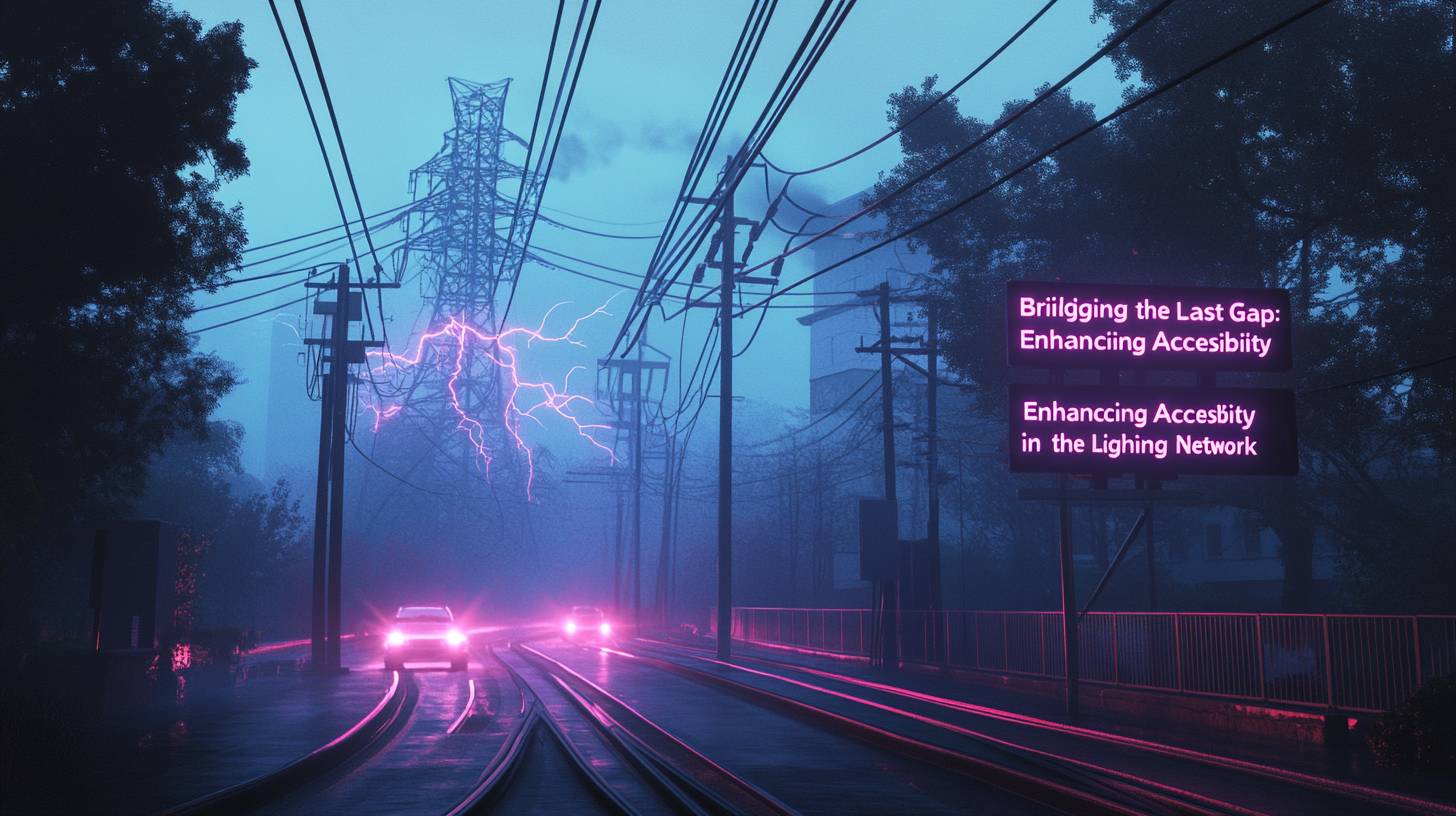
challenges and solutions in wallet interactivity
For Australian users, this could translate to a significantly smoother onboarding experience, with reduced fees and quicker access to the Lightning Network. It would also simplify liquidity management, as the channel factory could facilitate operations like splicing (resizing channels) off-chain, eliminating the need for extra on-chain transactions. This would be particularly advantageous in a high-fee landscape, where the costs of on-chain transactions can accumulate rapidly.
Nonetheless, the LN community is proactively working on strategies to alleviate these wallet interactivity issues. For example, firms like ACINQ and Breez are investigating the potential of mobile OS background notifications to maintain users’ nodes active even when their devices are not in active use. These initiatives have yielded encouraging outcomes, with developers generally pleased with the present state of these solutions.
Channel factories could transform the Lightning Network by providing a more resource-efficient method for managing channels without requiring continuous on-chain interaction. The concept centers around forming a multi-party channel, enabling multiple users to open and oversee channels off-chain, relying on only occasional on-chain transactions to reconcile the overall state. This could substantially diminish the expense and intricacy of utilizing the Lightning Network, rendering it more approachable to a wider audience, including individuals in Australia.
These developments in wallet interactivity are vital for aligning the user experience (UX) of non-custodial Lightning wallets with that of custodial wallets. By tackling the hurdles of maintaining online nodes and reducing the need for continual user engagement, these solutions are paving the path for a more integrated and user-friendly experience for self-custodial Lightning users, specifically those in Australia who are increasingly embracing Bitcoin and Lightning for daily transactions.
Blockchain interactivity introduces another notable challenge for self-custodial Lightning Network (LN) users, especially regarding onboarding and liquidity management. Unlike custodial wallets, which have an established infrastructure and a minimal marginal cost for adding new users, self-custodial users must navigate the necessity for on-chain transactions to create channels. This can be a costly and slow process, particularly during times of elevated transaction fees, which can frequently occur on the Bitcoin network.
promises of channel factories in blockchain interactivity
For Australian users, who are increasingly seeking to self-hold their Bitcoin, this issue is especially pertinent. The elevated costs related to on-chain transactions can be a discouragement, particularly for newcomers to the ecosystem who may not yet fully grasp the complexities of channel management. This is where the potential of channel factories becomes significant.
Nonetheless, the optimal channel factory design is still in development, primarily due to the need for covenants—specific conditions that must be satisfied for a transaction to be deemed valid. While covenants are yet unavailable on the Bitcoin main chain, they are already implemented on sidechains such as Liquid, and research continues into how they might be adopted on Bitcoin in the future. Meanwhile, wallet developers are investigating alternative solutions to lessen reliance on on-chain transactions, such as utilizing ecash or sidechains, which provide similar advantages but come with different trade-offs.
Another creative solution is the Async Payments initiative, which suggests a mechanism where always-online Lightning Service Providers (LSPs) help facilitate the payment process without introducing trust complications. This initiative aspires to lessen the duration of active HTLCs in the network by only transmitting the payment once the client has awakened, thus decreasing the necessity for the receiving node to be perpetually online.
Envision a situation where a Lightning wallet provider collaborates with a liquidity provider to establish a channel factory. Each entity contributes a specified amount of Bitcoin to a 2-of-2 multisig wallet, which then acts as the foundation for creating channels with new users. These channels can be administered off-chain, with the factory engaging with the blockchain solely when it’s financially sensible to do so, such as when consolidating multiple updates into one transaction. This could result in considerable economies of scale, potentially lowering channel management costs by a factor of 1000x or more relative to existing methods.
In the present environment of the Lightning Network (LN), one of the key obstacles for self-custodial users, especially those utilizing mobile devices, is wallet interactivity. In contrast to custodial wallets, where the custodian guarantees that the node remains online 24/7, self-custodial users face the responsibility of keeping their nodes operational to sign hashed time-locked contracts (HTLCs) and execute Lightning payments. This stipulation can be particularly inconvenient for mobile users, who might not consistently have their devices connected to the network.
Source: bitcoinmagazine.com
Moreover, the Atomic Multi-Path Payments (AMP) standard in LND brings a substantial enhancement in wallet interactivity. AMP enables the use of static invoices, allowing the receiver to complete transactions without needing to engage with the sender beyond the regular pre-image reveal. This functionality is particularly advantageous for self-custodial users, as it diminishes the requirement for a constant online presence and streamlines the payment process.
While blockchain interactivity continues to pose challenges for self-custodial Lightning users, the emergence of channel factories offers a promising remedy. By diminishing the need for on-chain transactions and enabling more efficient channel management, channel factories could enhance the accessibility and user experience of the Lightning Network, particularly for those in Australia eager to exert control over their Bitcoin and engage in the expanding Lightning ecosystem.

